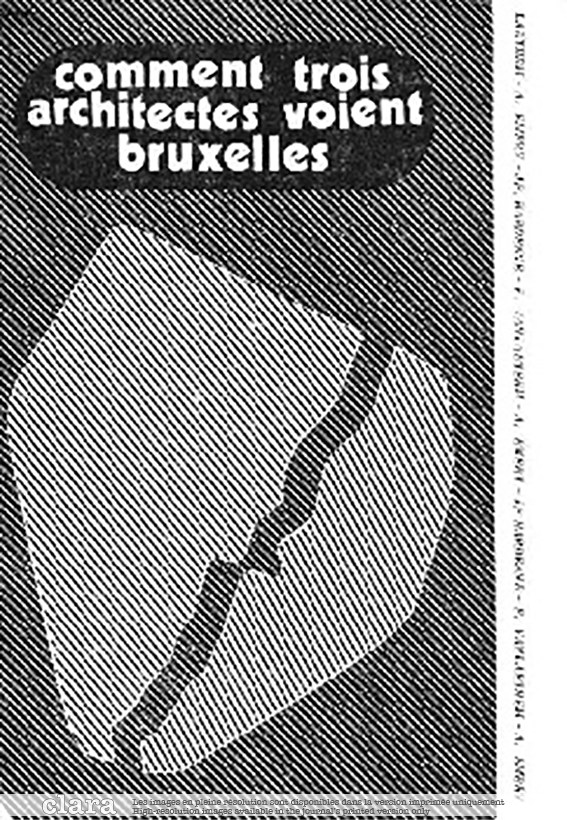The years 1965-1970 at La Cambre: a salutary experience
Main Article Content
Abstract
In the 1960s, ENSAV La Cambre enjoyed a high level of prestige, but shortly after enrolling in his first year, Jean-Pierre Hardenne felt a significant gap between this reputation and his own expectations. With the exception of the courses given by a few newly established figures, including the director Robert-Louis Delevoy, the head of the studio Peter Callebaut and a few university professors, including Françoise Choay, the teaching seemed largely unsatisfactory.
On several occasions from October 1967 onwards, the students demonstrated their disapproval by going on strike and refusing to accept the exercises. Fuelled by the contagion of the events of May '68, the protest gained momentum and allowed the students to conquer power and voice. After refusing the jury set up by the Minister, the students demanded to be evaluated by a commission of architects they themselves chose. In addition, the diploma project of the sixteen final-year students will be produced collectively.
Then, during the summer, the student protesters - joined by their studio head Peter Callebaut - prepared the pedagogical demands for the next academic year.
As soon as the new academic year started, a major confrontation between this group and the other workshop leaders began.
In the course of the year, the "Prospective" group was created and became the target of opponents, students and workshop leaders. These controversies were echoed in the press.
In July, tired of the vain quarrels, Jean-Pierre Hardenne, Agnès Emery, Henry Goldman and France Vanlaethem developed a final year project entitled "The Urban Catalyst", in order to illustrate their claims and their pedagogical proposals based above all on the need for a political reading of urban structuring and architectural forms.
Despite the difficult climate and strong dissension within the school, the project was selected for the Grand Prix d'urbanisme et d'architecture de Paris, and obtained the best result in the diploma jury. A year later, in 1971, an evolution of this project represented Belgium at the Paris Biennale and was exhibited at the Design Center in Brussels.
Article Details

This work is licensed under a Creative Commons Attribution-NonCommercial-NoDerivatives 4.0 International License.

